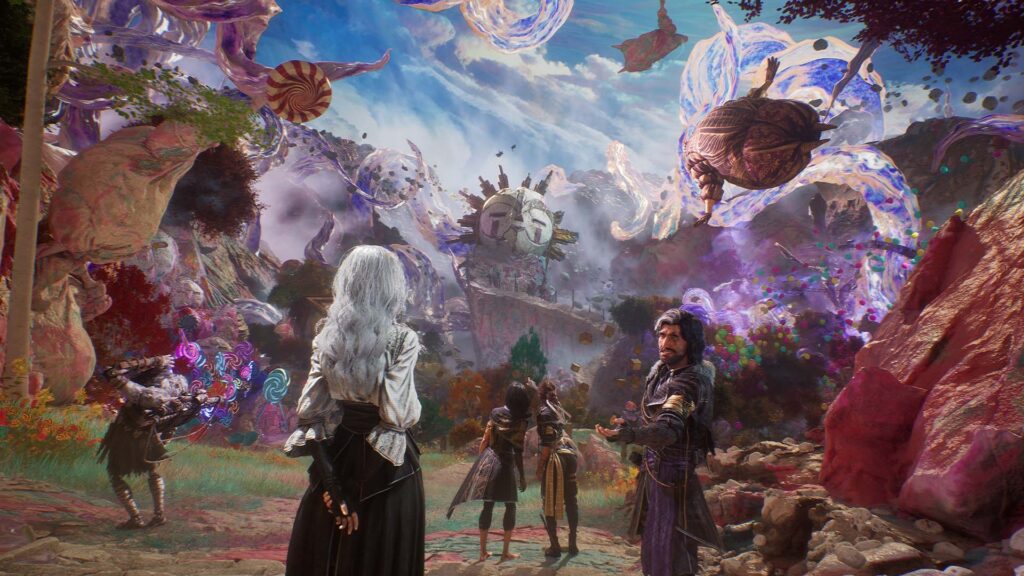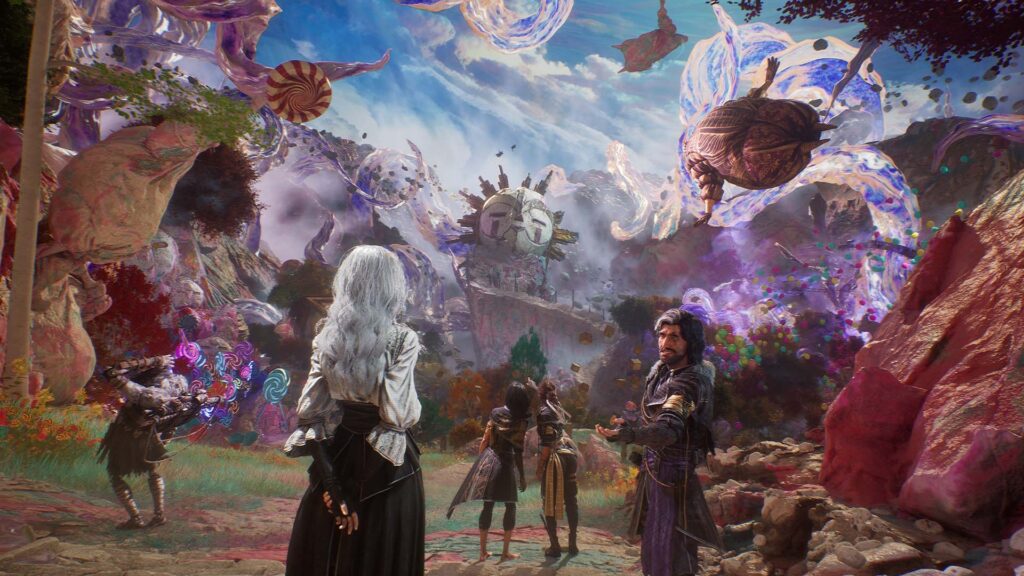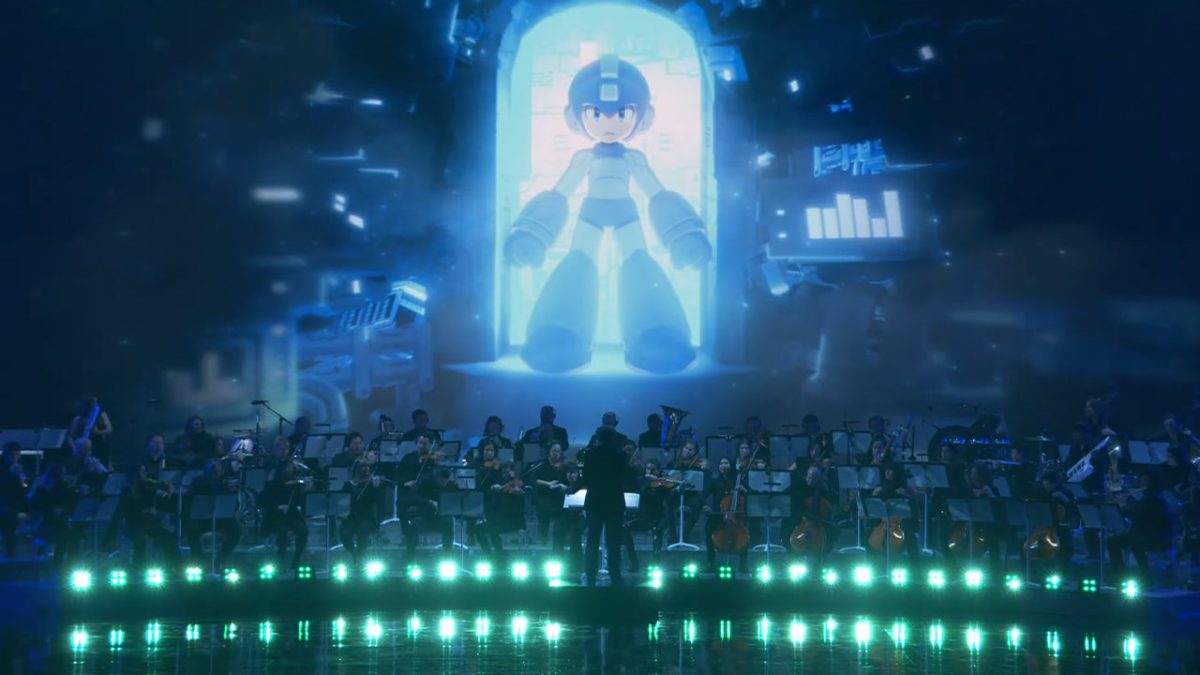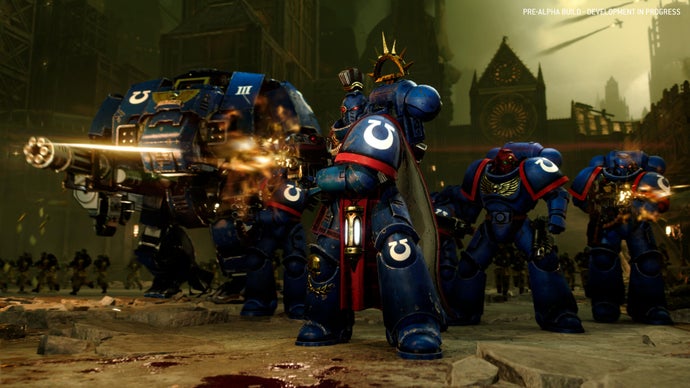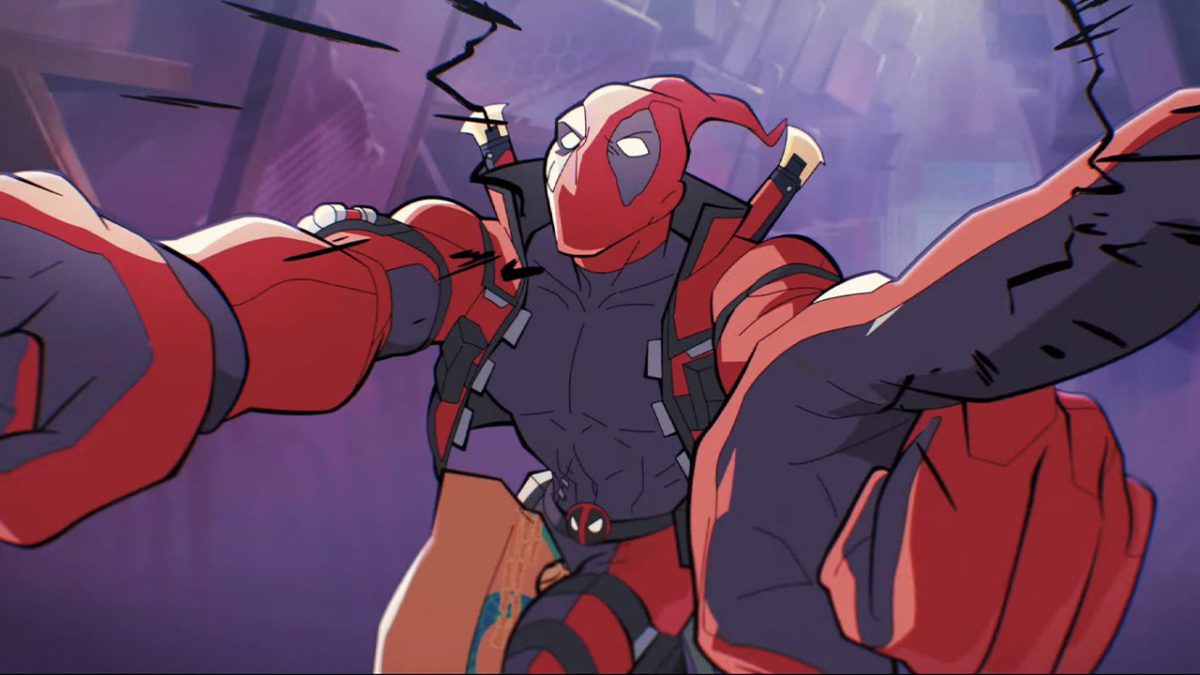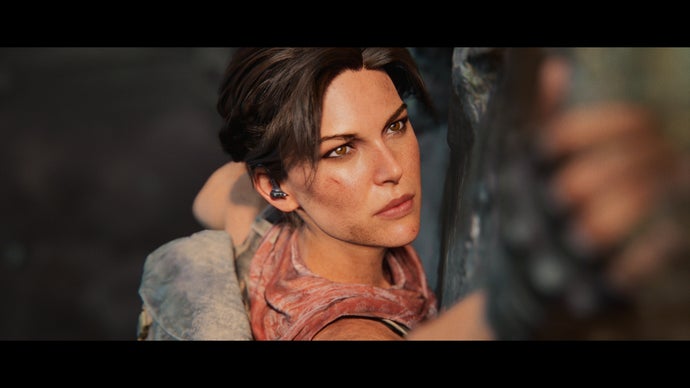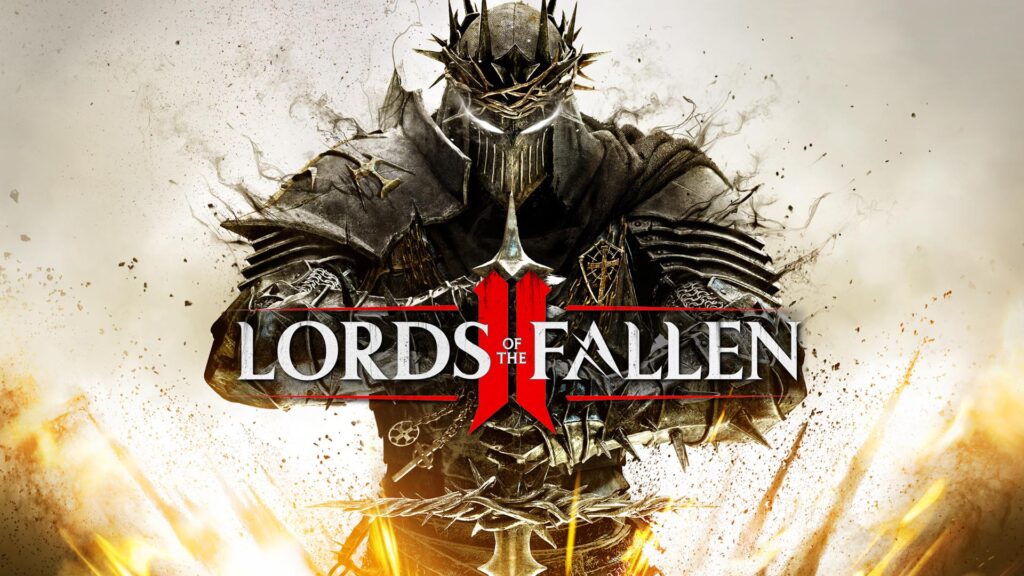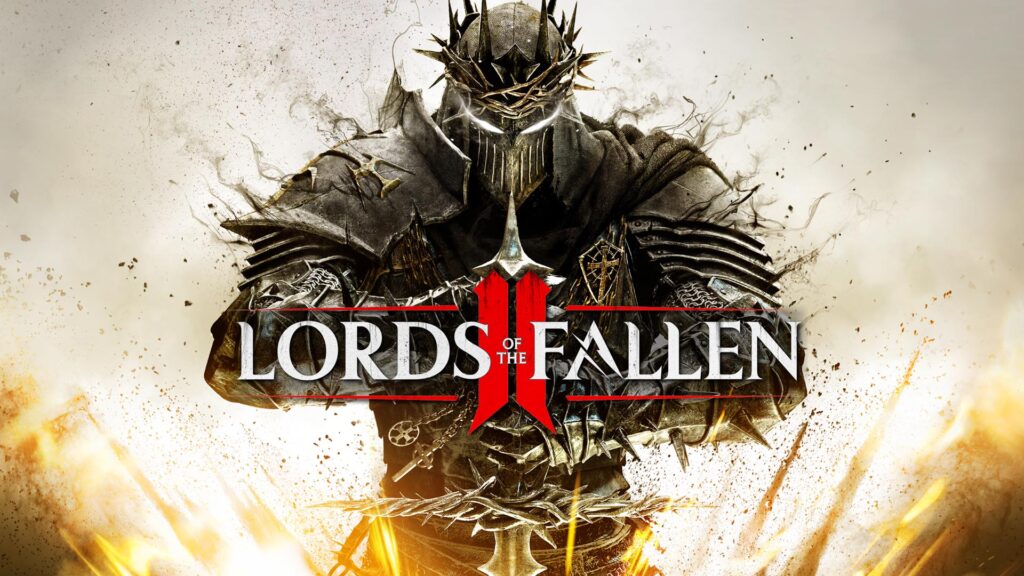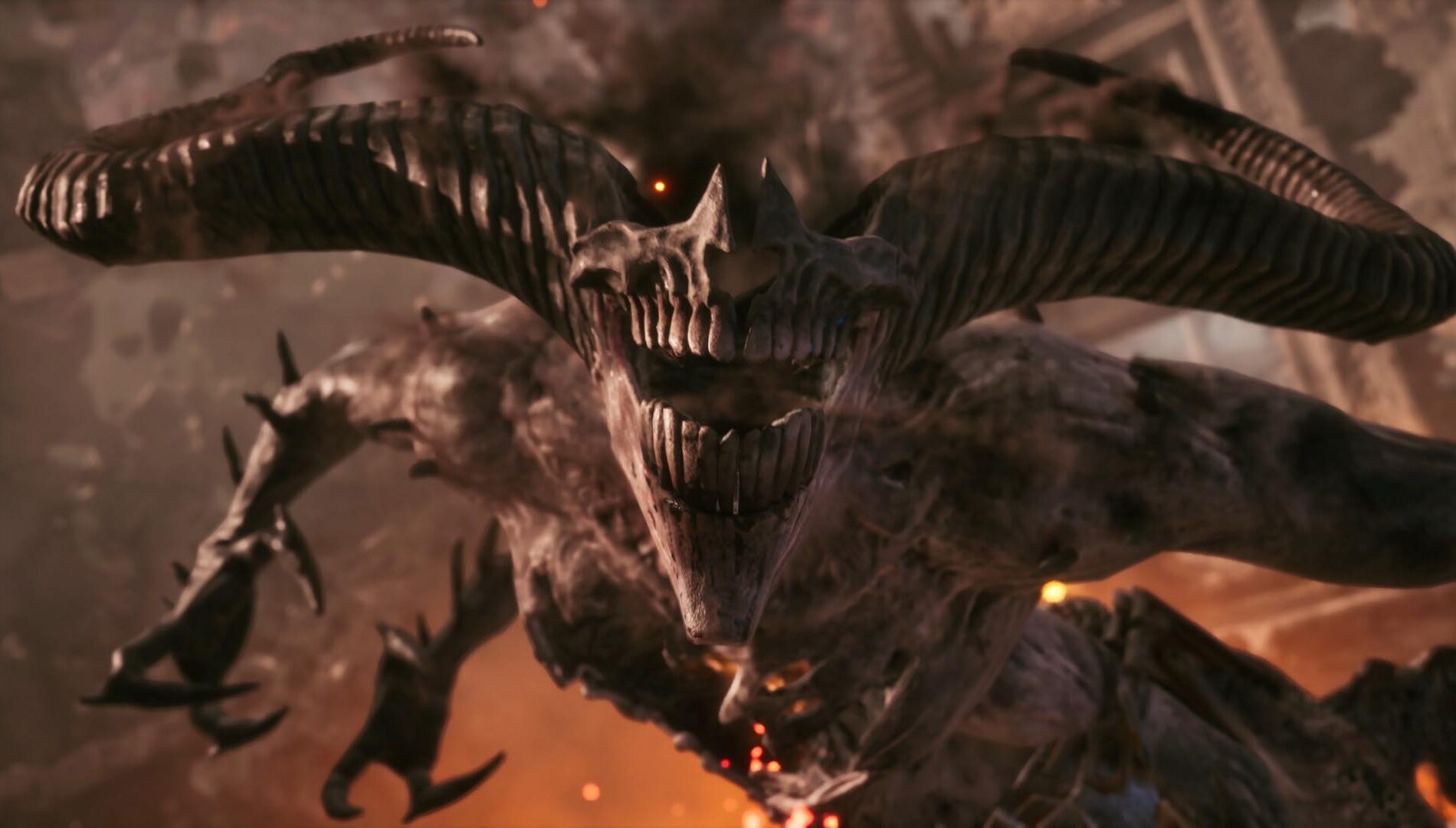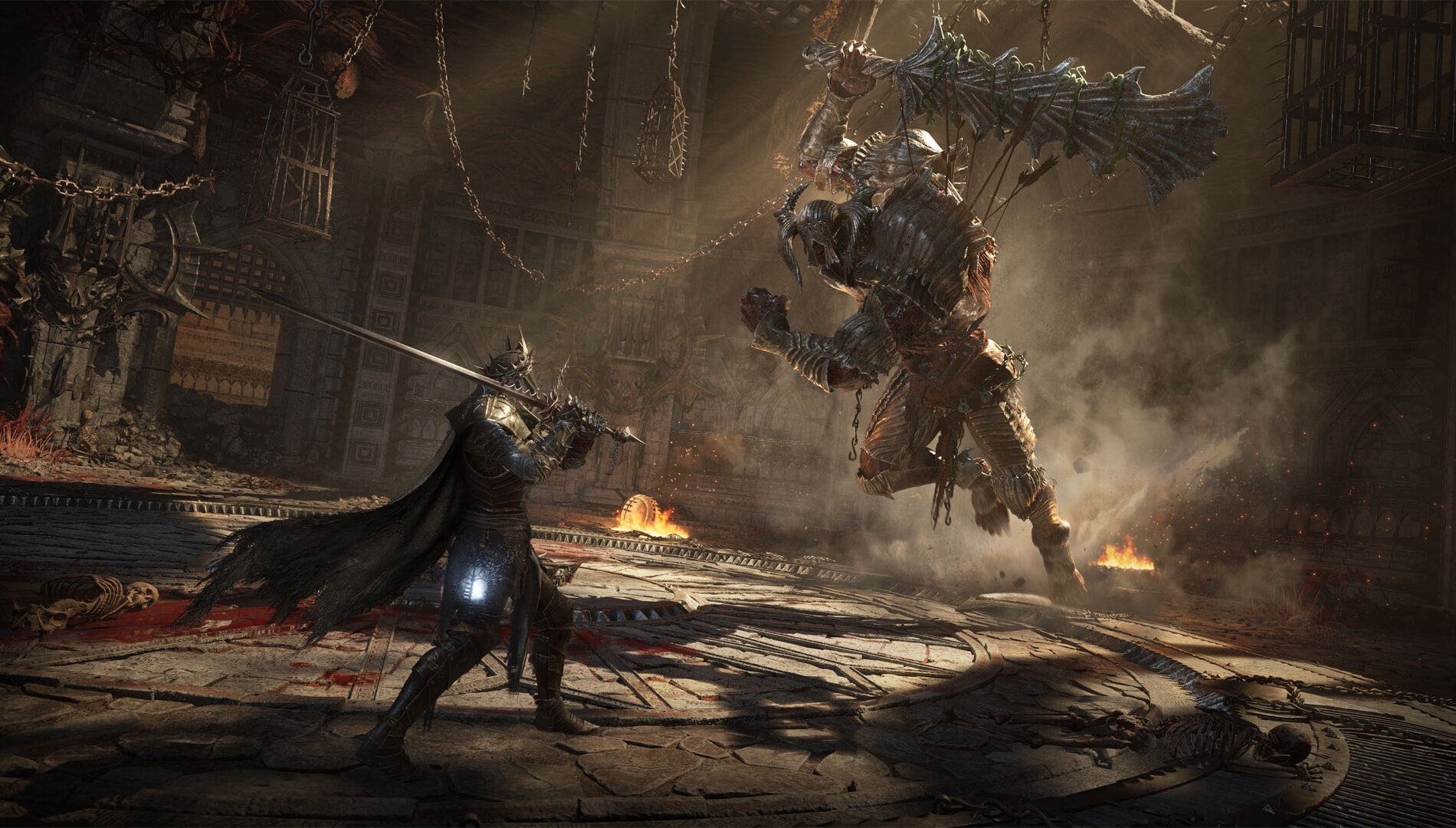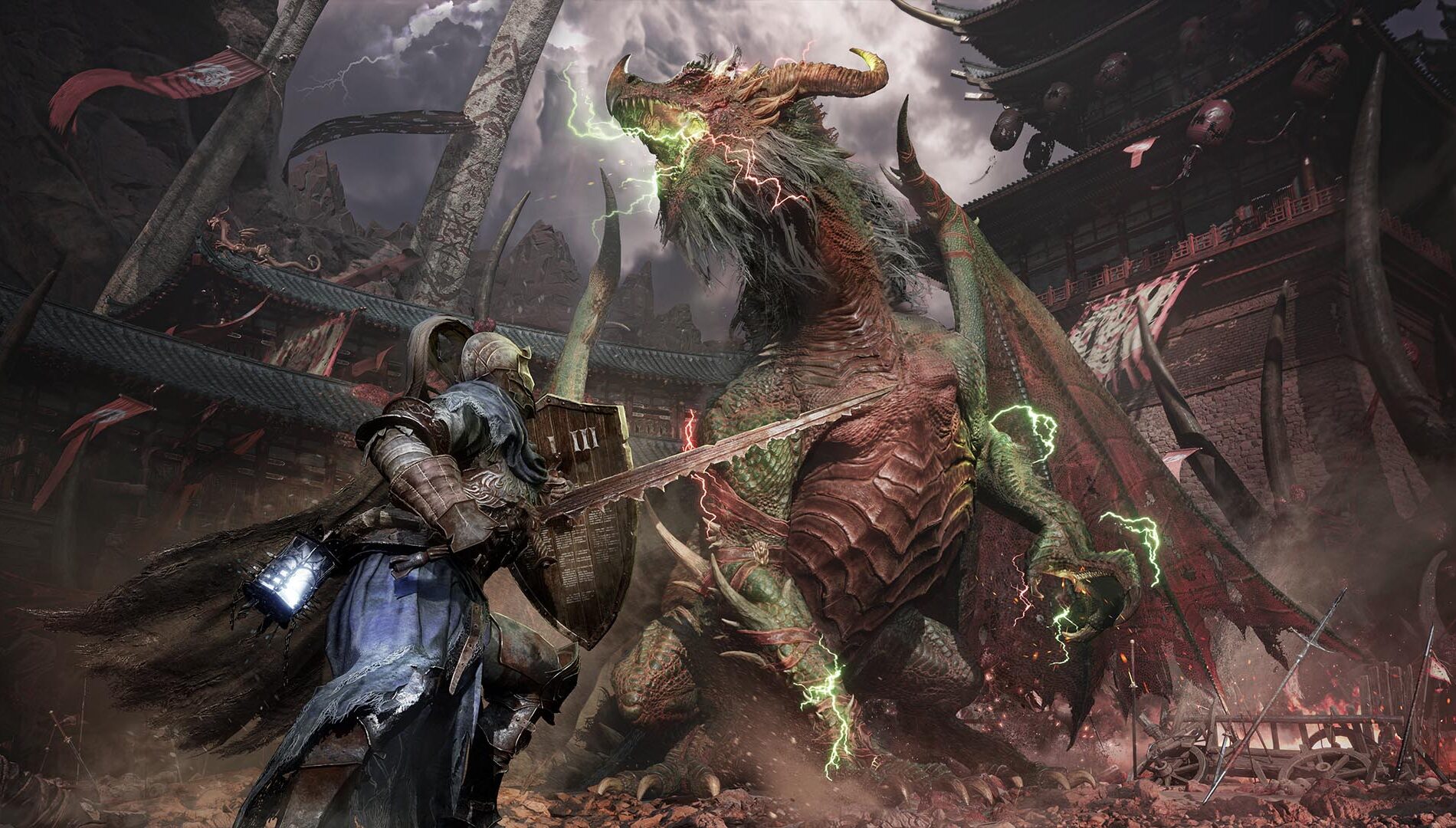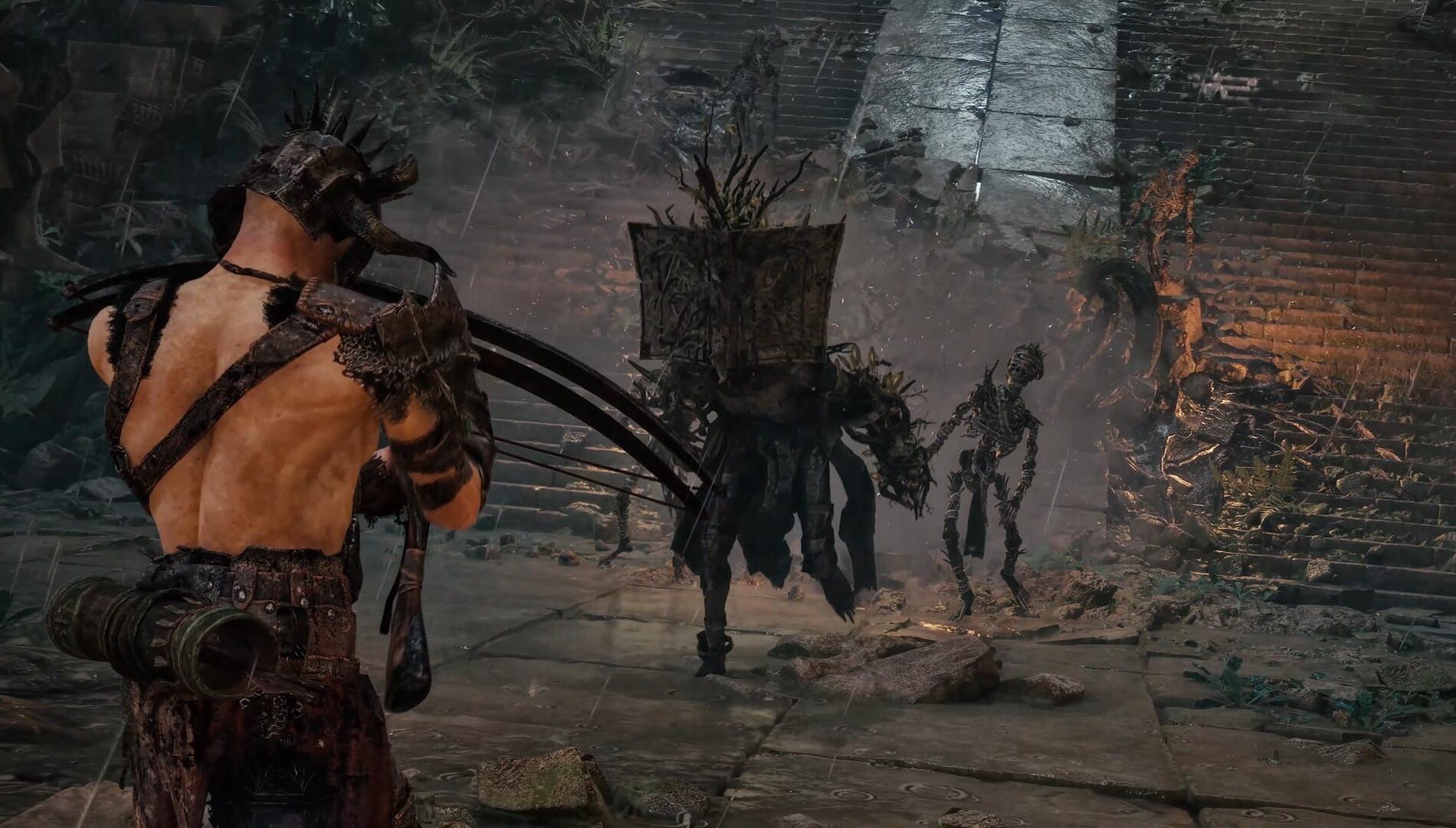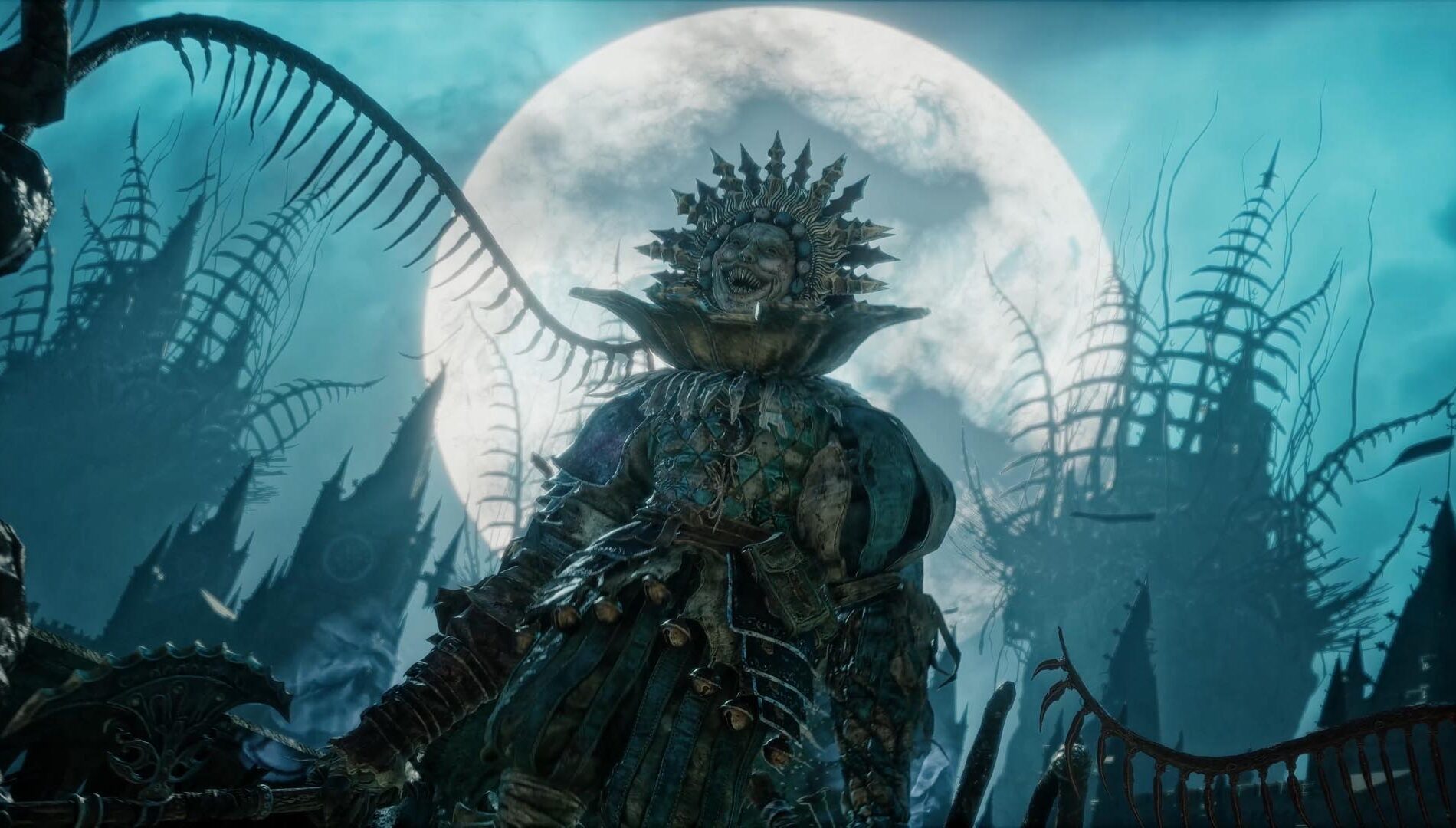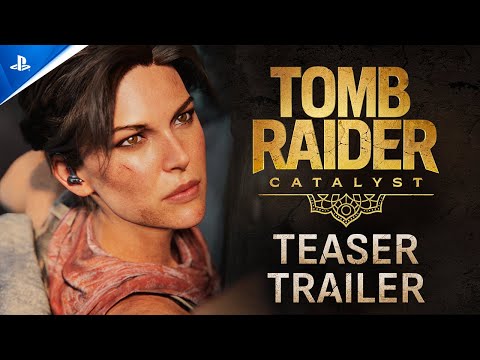What a year we’ve had together, right? Starting the year with the Xbox Developer_Direct team visiting our studio in Montpellier, launching the game onto Game Pass, Xbox consoles and PC in April, and the crazy months we’ve had since then has been a dream. And for that, we want to say:
Thank you.
We couldn’t have achieved any of this without the love and support of players around the world, and we genuinely want to thank our fans for everything they’ve given us. So, for that reason, we’ve been working on a brand-new free game update with several requested new features and content that we think fans will love. And best of all, it’s available right now.
Welcome to Verso’s Drafts
In our new update, players can explore a brand-new environment: Verso’s Drafts. It’s a whimsical storybook adventure with ties to a young Verso, and something that I think fans would not have expected. Bright colored fields of flowers, an enormous overflowing toy box, a Gestral fairground and more, we wanted to create an area that fans will think is refreshing, intriguing, and most of all fun.
After we launched our game, we noticed a lot of fans reaching out and asking us to make something that will let them spend more time with the characters they love – something with the whole party, including Esquie! So, when we were thinking about what kind of content we should work on as a thank you to the fans for this update, we figured we should do something that’s cheerful and feels like a welcome reunion with old friends.
Exploring this new area should feel kind of like returning to a childhood memory, only this time with your fellow Expeditioners. There are new secrets to uncover, new weapons and Pictos to unlock, and a lot more we think fans will really get a kick out of discovering for themselves, including a particularly dastardly new encounter with the most villainous of villains! We can’t wait for you to discover more about him…
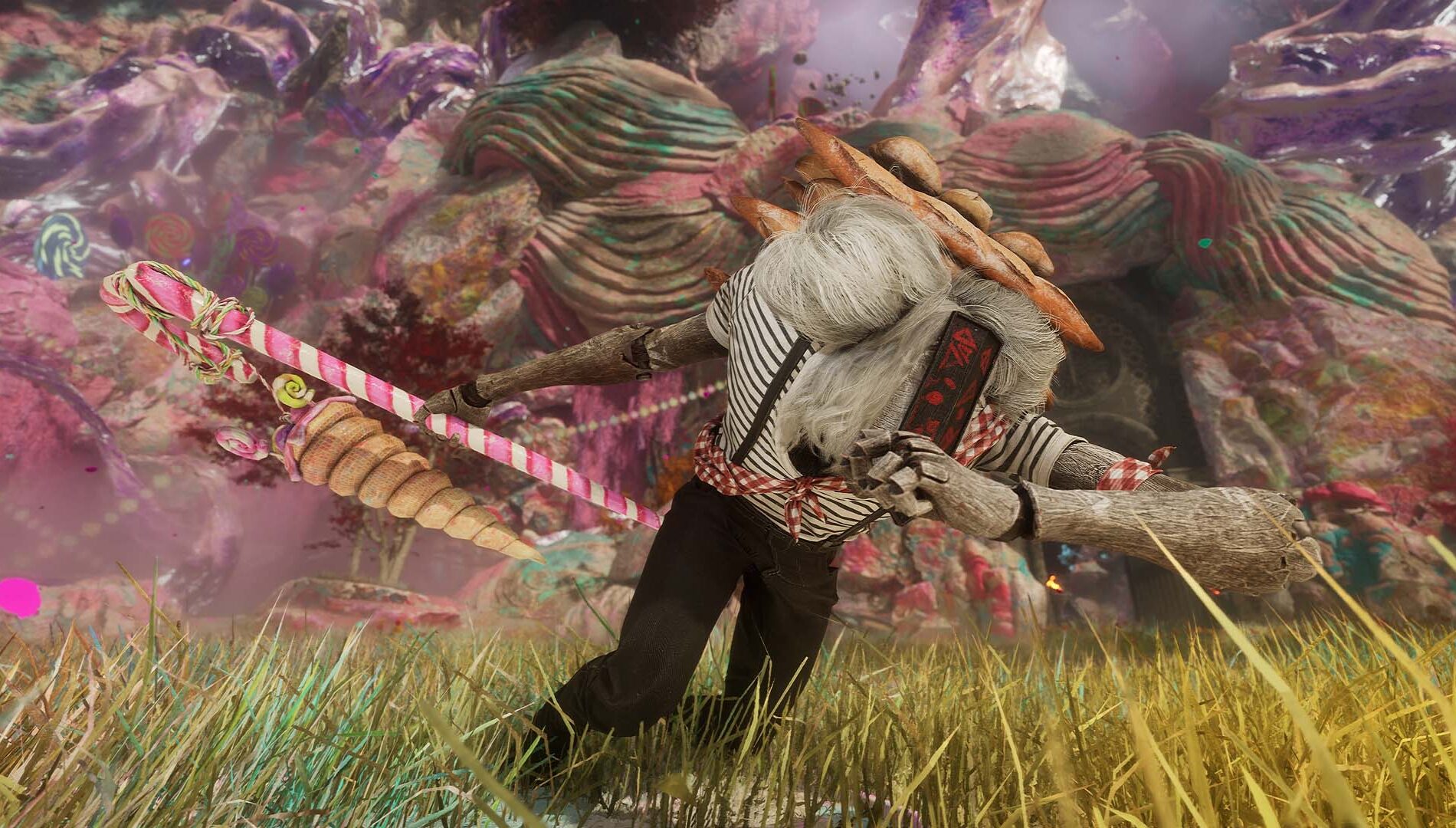
Powerful New Adversaries
Players looking for more challenges after their adventure in Verso’s Drafts will find even more to look forward to with the new content. We’ve updated the Endless Tower with a few new enemies that should challenge players to rethink their strategies and test their parrying skills to the absolute limit. Our team has spent a lot of time spicing up these encounters, so we hope high-level players who feel like they’ve overcome all of our hardest encounters will get a kick out of what we’ve made here. And of course, if you manage to defeat these souped-up enemies, there are new rewards to unlock, because that’s kind of a given, right?
So, for every player who mastered fighting Simon and perfected their no-hit run strategies before… well, here’s a new set of challenges. Good luck – we think you’re going to need it.
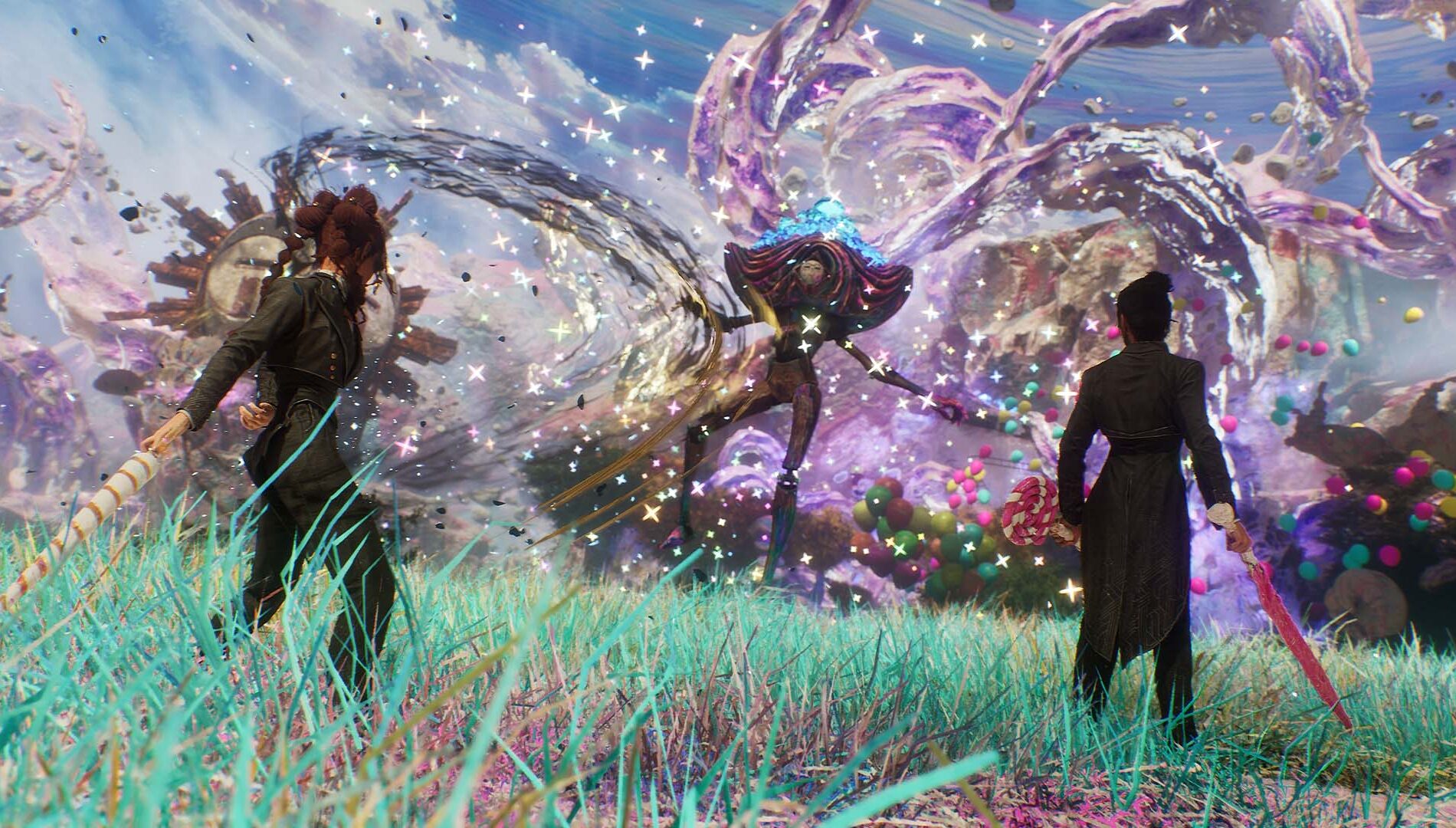
And That’s Not All
We’ve really poured our hearts into this update to make it something major for fans to dig into. Verso’s Drafts, new end-game bosses, a whole new Photo Mode (that’s right, we didn’t even go into that here!), new costumes and haircuts to collect, new text localizations into seven additional languages, Lumina loadouts (yes, that too!), and more… the list goes on. We really want this update to say thank you to our fans for an incredible year.
Let us know what you think about the new update or share your best Photo Mode pics at @Expedition33 on X and @expedition33official on Instagram – we can’t wait to enjoy this with you.
Tomorrow comes!

Clair Obscur: Expedition 33 – Deluxe Edition
Kepler Interactive
$59.99
$47.99
Get the ultimate Clair Obscur: Expedition 33 experience with the Deluxe Edition!
The Deluxe Edition includes:
·Clair Obscur: Expedition 33 Base Game
·The “Flowers” Collection – Six outfits and hairstyles inspired by the Flowers of Lumière, along with six additional “Gommage” outfit variations. One for each playable character.
·“Clair” – A custom outfit for Maelle
·“Obscur” – A custom outfit for Gustave
The post Thank You for An Unforgettable Year with Clair Obscur: Expedition 33 appeared first on Xbox Wire.

